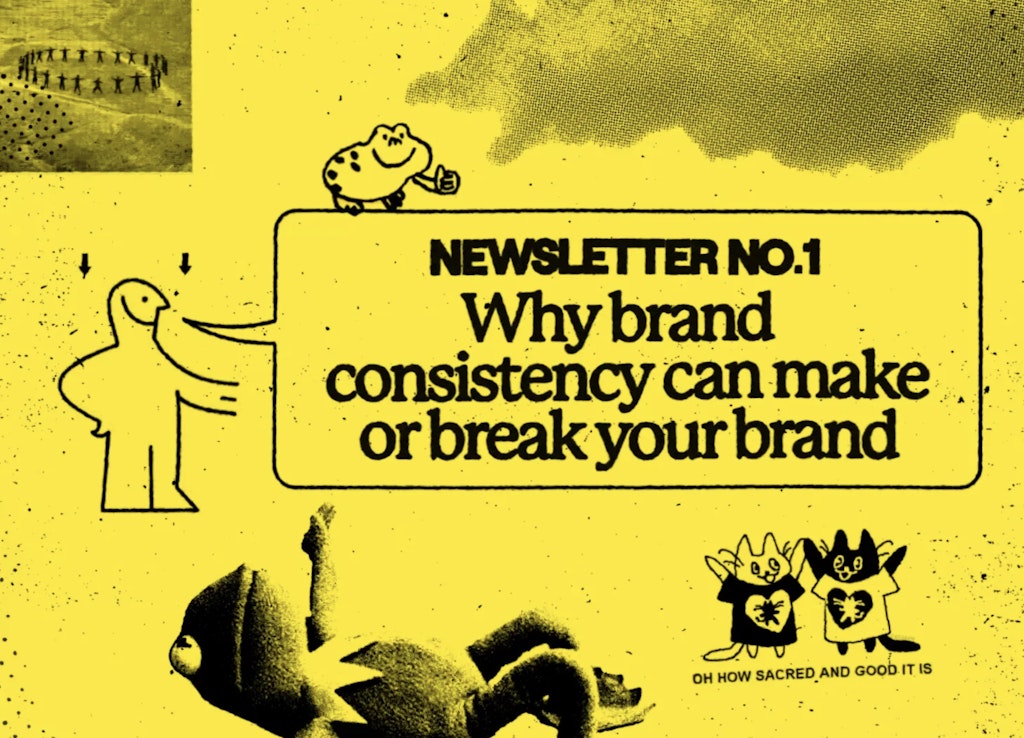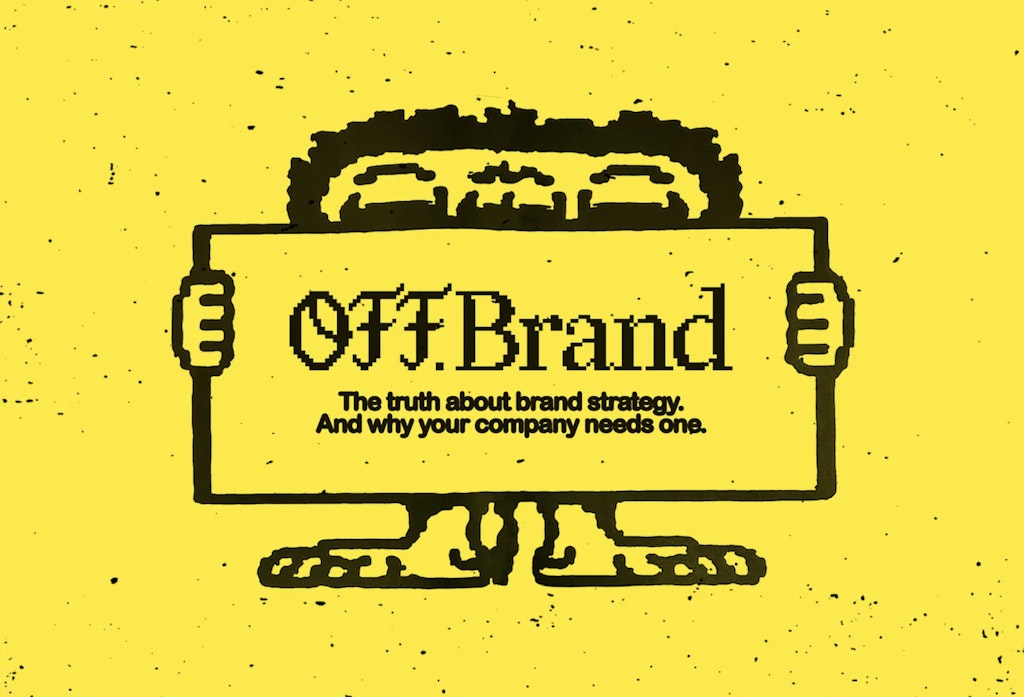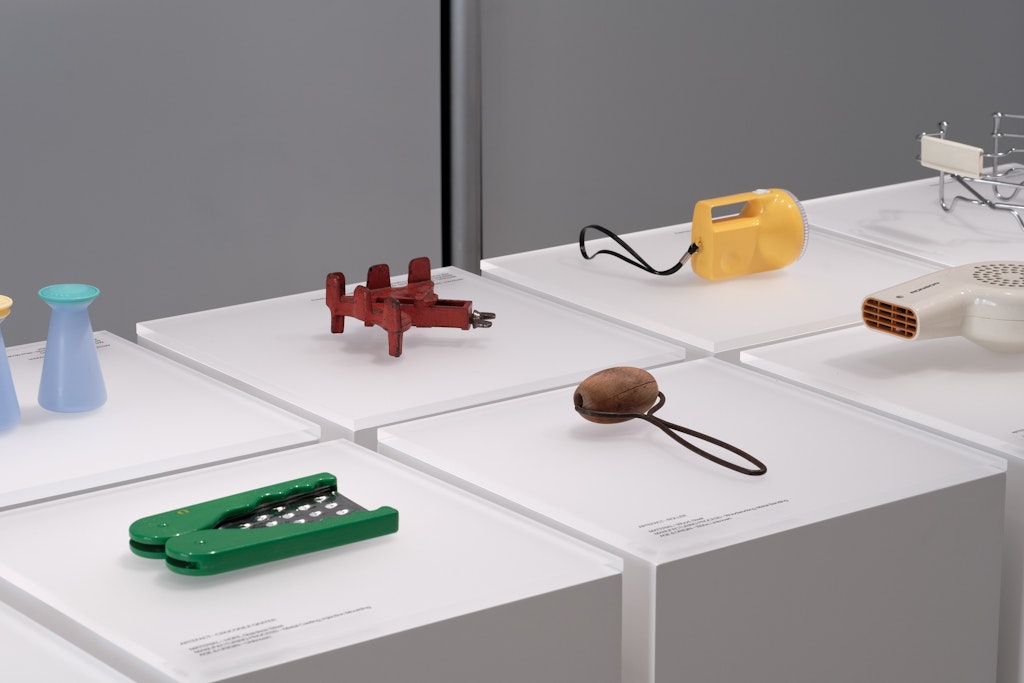Scroll down to the footer of many a design studio’s website, and you’ll come across an invitation to subscribe to their newsletter.
It feels like an increasing number of studios are adding this to their marketing mix, although dig a little deeper, and you find that what a “newsletter” means varies quite dramatically – from a weekly inspiration bulletin to an annual update.
And for every evangelist who sings the praises of what a humble newsletter can do for a design business, other leaders are unconvinced of their value.
The case for newsletters usually comes down to control and connection. Who sees what on social media is left to the shifting whims of the algorithms, while newsletters land reliably in people’s inboxes. It’s easy and cheap to get started, and you own your list, which means you can download and move your subscriber base somewhere else in a way you can’t do with your Instagram or LinkedIn followers.
They also have some challenges. Newsletters can struggle with visuals – especially video – which clashes with the current cultural moment. For many people, their inbox is a place they have to be for work, while their social feeds are a place they want to spend time. Managed badly, a studio newsletter can soon become a chore.
But we may be entering an era where having a newsletter is expected. In the DBA’s most recent What Clients Think survey, 79% of clients said they expect their studio to send one.
This number may partly be explained by other findings in the same survey. Two thirds of clients (67%) said new business approaches feel generic. 59% said they find it hard to work out what an agency is best at from their website. 53% would like agencies to express more opinion.
Against this backdrop – where the struggle for studios to differentiate themselves seems more acute than ever – a regular newsletter might be part of the answer.
Nicolas Breuil certainly subscribes (sorry) to that view. As marketing and business development director of Koto, he launched its Off Brand newsletter in April. These monthly-ish deep dives each explore a specific topic – think early-stage branding, or brand consistency – with examples (by Koto and other agencies) and actionable takeaways.

Coming from the world of B2B technology, Breuil says he saw an opportunity to market Koto in a less case-study driven way. “If you want to stand out, you need to do things a bit differently,” he says. “We didn’t want to do a newsletter which is just us talking about ourselves.”
He sees Off Brand as an education tool, a way to engage potential customers with deeply-researched long reads, even if they aren’t yet in the market for an agency. “We are trying to help people realise they might have a problem,” he explains. “And then help them identify that we could be potentially a good fit, but not in a very commercial way.”
The Koto team shares practical frameworks in their newsletter and isn’t worried about people stealing its approach – another tactic taken from the tech world. “If you have to educate your market, you need to be generous with your expertise. And sharing your expertise doesn’t mean that people are not going to buy your service,” Breuil says.
“A lot of agencies don’t want to share their intellectual property, their secret sauce. We’re happy to break this mould.”
Off Brand is part of a wide-ranging and long-term marketing plan, which means the newsletter isn’t under immediate pressure to drive leads. Breuil talks about Koto being seen as a “media company” and says the newsletter very deliberately lives on Substack, a publishing tool, rather than Mailchimp, a marketing platform.
He admits that given Koto’s big profile, it was “way easier” to start to build a list. The first issue went to 2,500 people; Off Brand now has 6,000 subscribers.
He is also able to draw on input and ideas from a big company. With 100 people across five studios, they rotate responsibility for each issue between different senior strategists, and a small editorial committee, including Breuil and CEO James Greenfield, does the final sign-off.

But even with a lot of resources, Breuil admits it can be a challenge. “Each issue takes a lot of time, “he says, “and it’s always conflicting with billable work.”
This conflict is at the heart of True North’s decision to stop doing its newsletter. The Manchester-based brand and design consultancy was quite an early adopter of newsletter marketing, but stopped just before COVID.
“If we’re honest with ourselves, a newsletter is not our highest priority on any given day,” says founder and managing director Ady Bibby. “We just weren’t seeing the work and commitment of doing a newsletter tied into the growth of the company,” he explains.
Interestingly, Bibby cites the same B2B marketing stat as Koto’s Breuil in our conversation – that 95% of potential clients aren’t ready to buy. For a big company like Koto, this presented an opportunity to engage and educate a broad audience. For a smaller company like True North, this means honing in on more immediately valuable people with more tailored content.
Bibby and his team decided to focus their efforts on client-specific presentations, either in person or on Zoom. And he says the business has reaped the benefits.
“Since we shifted to doing things that are more targeted and more personal, whether it’s online or we’re jumping on a train somewhere, we’re seeing the benefit of that connection far greater than we ever did through an email newsletter,” he says. “It’s far easier, it’s more enjoyable, and it’s more fruitful.”
Bibby says that in smaller studios, the job of creating and maintaining a high quality newsletter can “fall through the gaps.” This is why, he thinks, some newsletters fizzle out after a bright start.
“The number of agencies I know that start out with great intentions,” he says. “Issue one comes out, and issue two comes out, and then issue three is not on time. And you never, ever, see issue four.”
This is something that frustrates clients too. In the DBA survey, 44% said that their agency’s marketing activity – like newsletters and events – lacked consistency.

Part of the unlock here may be to find a format that can deliver frequent value with a low lift. Brandon Consultants sends a weekly email to 2,500 people with a digest of inspiring creative projects from around the world.
And, according to marketing manager Chris Hurst, “It’s absolutely no burden to produce.”
The creative team is constantly sharing interesting projects in a dedicated Microsoft Teams channel and so Chris has ready-made content every week. “I just cherry-pick the best bits,” he says, “and so it’s a very seamless thing, a behind-the-curtain of what we are looking at in the studio.”
Like Koto, Brandon doesn’t put a lot of pressure on the newsletter to win new clients. Hurst tracks data like open and click through rates, but describes it as “non-ROI focused.”
But even if they don’t track leads directly, Hurst firmly believes it helps them win new business.
“Ultimately, we wouldn’t be doing it if we didn’t see that,” he explains. He says clients often mention in a meeting something they’ve spotted in the newsletter. “That means we’re having an impact on people’s day-to-day, which is helping us build relationships with prospects and existing clients as well.”
Brandon uses Mailchimp for its newsletter, but increases the reach of the content by re-publishing it on LinkedIn and Instagram. For Hurst, the newsletter complements their social strategy, but for others, a newsletter becomes yet another thing, alongside engaging on social, that design studios need to add to their list.
James Melia, founder and creative director of Blond, admits they used to produce a regular newsletter “because we felt like we had to.” He said it didn’t feel natural for their business, and that email felt a bit archaic – “like a marketing tool of the 2000s and early 2010s.”

He prefers to focus on Instagram – where Blond has 48,000 followers – rather than divert energies across too many platforms. “Rather than spread ourselves thin and do everything a little bit, I’d rather do one thing very well,” he says.
Blond now only sends newsletters to promote – and invite people to – its in-person events, such as the recent Blond Laboratory exhibition during the London Design Festival. For Melia, this is the best use of the format.
“The goal is to actually meet them in person, and have a one-on-one conversation,” he says. “I’d rather build a small number of personal connections on a really rich basis rather than lots of connections I don’t know, or who don’t know what we do.”









